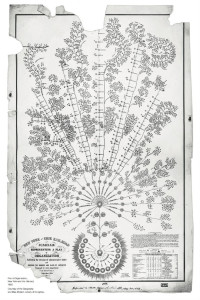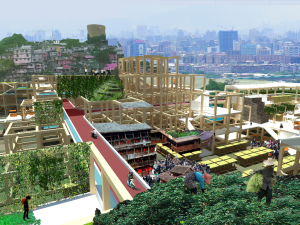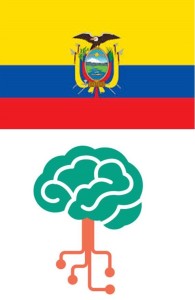
Communities: the institutions of the 21st century? An interview with Rachel Botsman
Since her influential book about how collaborative consumption is changing the way we live, Rachel Botsman has been a leading actor in the collaborative economy and stimulated important debates about its future. OuiShare Fest Co-chair Francesca spoke to her about her vision of the collaborative economy movement, her current work and what she will bring to OuiShare Fest this May.
A lot has happened since your book “What’s Mine is Yours”. Did you imagine the collaborative economy would look the way it does today? Where do you see the movement going now?






